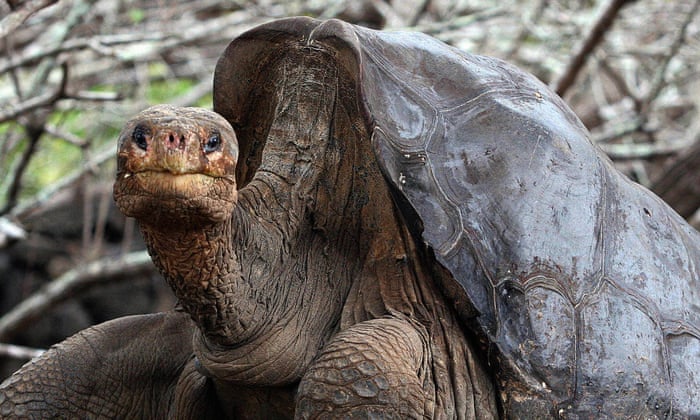In my first blog post, I wrote about how as I biology student I learned that there is a right and a wrong way of interpreting something. I explained how even though in a research setting curiosity is encouraged, in terms of studying for test we must learn the way the professors teach the subject or it is wrong. I have usually been apprehensive when it comes to sharing my ideas in an English class because I am afraid of sharing an incorrect interpretation. However, I have learned throughout this class that books belong to their readers and that no two readers could possibly read the same book, because they are able to make their own personal connections to the text and are able to associate their own experiences with what they are reading. I have seen this while working in groups. Even though we all read the same passages, everyone has something different they can contribute. The ability for every reader to have a different experience reading the novel gives them a sense of ownership. To the reader, their own interpretation will likely be the one that it most important to them because it is the one they can relate to the most. I have learned that it is essential for students to have their own interpretations of the text. By bringing their own experiences, the reader is able to form a deeper connection with the book they are reading. As a person who likes to have a clear answer, it can sometimes make me feel overwhelmed with how many connections someone can make when reading a text. Initially coming into this class, I was unsure if I would be able to match the level of complexity of the interpretations of some of my peers. However by learning how to connect the works with outside sources that I found interesting, whether it be with other texts, in class, group work, different fields, or personal experiences, I was able to form a deeper connection with the texts.
Continue reading “Making These Books Belong to Me: My Final Reflection”


